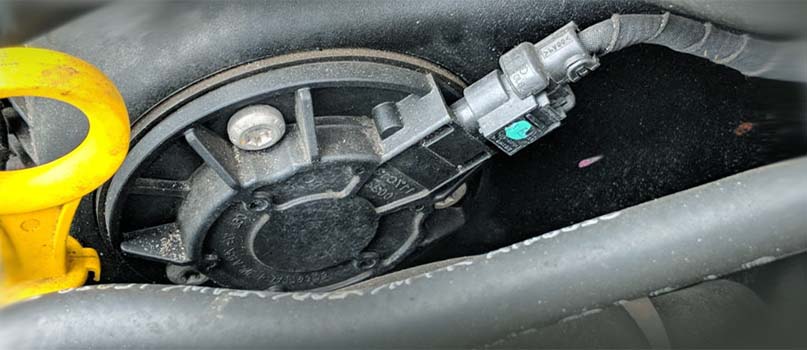The speed sensor in a vehicle plays a pivotal role. It’s primarily responsible for monitoring the speed of a car’s wheels, providing this information to the car’s computer systems. This data is crucial not only for assessing the vehicle’s speed but also for ensuring other systems, such as ABS and traction control, work correctly. Understanding the importance of this component makes it easier to grasp the impact of a faulty speed sensor on the vehicle’s overall performance.
If your vehicle’s speedometer behaves erratically or doesn’t function at all, it might be an indication of a faulty speed sensor. Other signs include sudden jerks when shifting gears or the vehicle going into limp mode. Some drivers also report a loss of power when accelerating, or the ABS light coming on without any discernable reason. Notably, a malfunctioning speed sensor might also prevent the cruise control feature from engaging, causing further inconvenience for drivers.
The Underlying Causes of Speed Sensor Failures
Several factors can lead to a speed sensor’s demise. Wear and tear over time is a common reason. Environmental factors such as dirt, debris, or water entering the sensor area can hinder its operation. Additionally, a car involved in an accident might sustain damage to the speed sensor, even if the damage isn’t immediately apparent. On a related note, when enhancing vehicle performance, make sure all parts are compatible. For instance, while considering upgrades like the Best BMW Cold Air Intake, it’s crucial to ensure it doesn’t inadvertently affect nearby sensors.
Potential Risks and Maintenance Tips
Driving with a faulty speed sensor can pose various risks. The most obvious is the inability to determine the exact speed at which you’re driving. This can lead to unintended speeding and potential legal repercussions. Additionally, systems that rely on speed data, like ABS, might malfunction, increasing the risk of accidents, especially in challenging driving conditions.

If you suspect a faulty speed sensor, it’s essential to address the issue promptly. Here are some steps to consider:
- Consult with a trusted mechanic to diagnose the issue.
- Regularly inspect the sensor area for dirt or debris.
- Ensure any vehicle modifications don’t impact the sensor’s function.
- Schedule periodic vehicle maintenance checks.
- Avoid driving through waterlogged areas to prevent water intrusion.
Related Vehicle Sensor Concerns
Apart from the speed sensor, modern vehicles are equipped with an array of sensors to enhance driving safety and efficiency. For instance, the Manifold Absolute Pressure sensor, commonly known as the MAP sensor, plays a role in regulating engine combustion. Similar to the speed sensor, it’s essential to be aware of any potential MAP Sensor Troubles and understand how to address them. An informed driver can better navigate these issues, ensuring a safer and smoother driving experience.
Conclusion
Understanding the intricacies of vehicular components, especially something as crucial as a faulty speed sensor, is paramount in today’s complex automotive landscape. Such knowledge not only empowers drivers to identify and address technical challenges promptly but also underscores the symbiotic relationship between a vehicle’s parts and its overall performance. When drivers comprehend the implications of malfunctioning components, they become proactive, ensuring timely checks and repairs. This proactive approach subsequently translates into fewer on-road mishaps and an extended vehicle lifespan. As automotive technology continues its rapid advance, staying informed and vigilant will be the bedrock of safe driving. Hence, as we navigate the roads of the future, it’s not just about the journey or the destination, but ensuring our vehicle remains our trusted companion throughout.


Add Comment